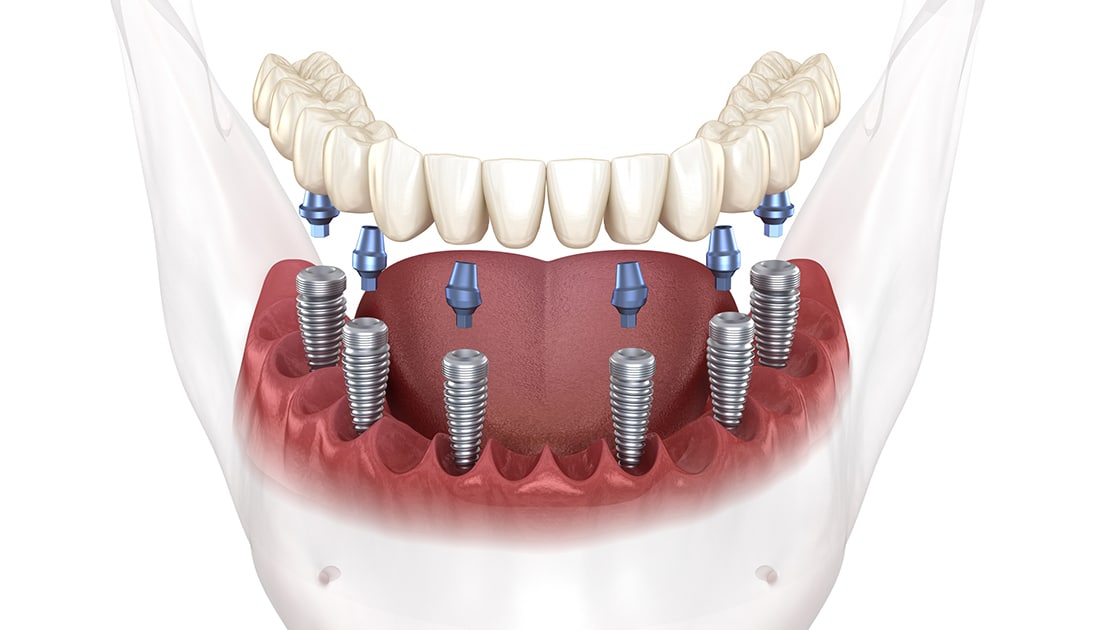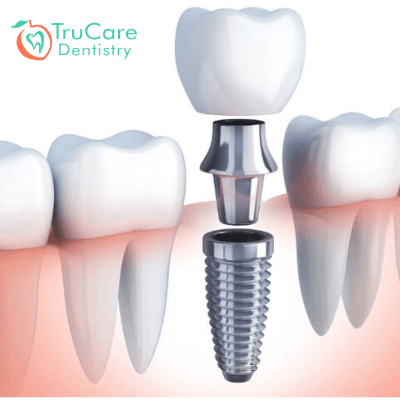Denture Dental Implants Jenison MI - Dental Implants - Missing Teeth - Dentures
Denture Dental Implants Jenison MI - Dental Implants - Missing Teeth - Dentures
Blog Article
Dental Implants And Dentures Grand Haven MI - Dental Implants: What You Should Know
The journey toward dental implants begins with a radical assessment of the jawbone's condition. When there is insufficient bone density to assist an implant, bone grafting Implants Dental Near Me Muskegon Heights MI becomes a vital procedure to recreate a steady basis. Understanding how visit the site much bone grafting is needed for dental implants significantly influences the therapy plan, timeline, and overall success rate.
The amount of bone grafting required is dependent upon a number of components, including the extent of bone loss, the implant's dimension, and the specific location throughout the mouth. In cases of great bone loss due to periodontal illnesses, trauma, or extended tooth loss, extra in depth grafting may be needed. Conversely, if the bone loss is minimal, a smaller graft could suffice.
Implants Dental Implants Muskegon MI - Dental Implants - Tooth Replacement
The evaluation process sometimes includes imaging studies such as X-rays or 3D scans, permitting the dental skilled to visualise the bone structure (Dental Implant Dentures Norton Shores MI). These images assist in figuring out the quality and amount of present bone. If the bone is deemed insufficient, the dentist will then define the suitable grafting procedures
Grafting can be sourced from varied areas. Autografts, which involve harvesting bone from the patient's personal physique, are sometimes deemed the gold standard. These provide wonderful integration with the existing bone however come with the drawback of extra surgery. Other choices include allografts, which use donor bone, and artificial materials designed to imitate natural bone. Each choice has its personal implications on therapeutic and success charges.
After determining the required amount of bone grafting, the dental skilled will create a tailored plan for the affected person. This plan might embody the timing of bone grafting in relation to the implant placement. In some instances, a graft can be carried out simultaneously with the implant surgery. Alternatively, in additional difficult eventualities, a separate healing interval is indicated.
Healing timelines vary based mostly on the individual's health, the extent of grafting, and the sort of graft used. Generally, the therapeutic of a bone graft takes a number of months earlier than an implant can be placed. During this time, bone regeneration occurs, leading to a stable base for the implant.
Cheap Dental Implants Walker MI - Dental Implants: Surgery, Advantages, Risks, & Insurance
Patients often wonder in regards to the risks related to bone grafting. While issues corresponding to infection or graft failure are potential, these occasions are relatively rare. Adhering to post-operative care directions and attending follow-up appointments decrease risks and promote therapeutic.
Once the bone has adequately healed, the dentist assesses the graft's success by evaluating the bone density and stability. If every thing appears favorable, the subsequent steps toward placing the dental implant can start. The success of this subsequent step largely hinges on the standard of the bone graft and its integration with the encompassing bone.
Cost concerns play an important position in the decision-making process. The expense of bone grafting varies based mostly on materials used, the complexity of the case, and geographic location. It is essential for patients to discuss finances upfront to avoid unexpected bills later in the remedy.
Dental Implants Cost Grandville MI - Dental Implants Advantages
Also, patients ought to have realistic expectations concerning the timeline and outcomes. Many factors can affect how a lot bone grafting is needed and its general effectiveness. A collaborative approach involving the patient and the dental staff not solely ensures clarity but in addition enhances the possibilities of a successful consequence.

Maintaining good oral hygiene and common dental visits following the procedure is important. These practices can prevent complications and ensure that each the graft and the implant remain secure over time. The ongoing relationship with a dental professional is crucial, especially within the months following the procedures.
In conclusion, understanding how much bone grafting is required for dental implants encompasses a multi-faceted approach that considers bone quality, grafting varieties, therapeutic time, and overall affected person health. The steadiness between attaining the specified aesthetic and functional outcomes whereas minimizing risks and complications is at the heart of dental implant procedures. The journey may be extensive, but a well-planned strategy maximizes the chances for a successful, long-lasting end in restorative dental work.
- Determining the amount of bone grafting required for dental implants usually hinges on the initial bone density and volume of the affected person's jawbone.
- Each affected person's case is unique; elements corresponding to earlier extractions, periodontal disease, or trauma can influence the need for grafting.
- A 3D imaging scan is often performed to assess the precise dimensions of the out there bone and inform the grafting technique.
- The kind of dental implant placement—immediate or delayed—may dictate the amount of bone grafting necessary for stability and integration.
- Different kinds of graft supplies, such as autografts, allografts, or synthetic choices, can impact how much grafting materials is needed.
- Assessing the affected person's general health, age, and life-style habits can affect the healing process, influencing graft volume necessities.
- The depth and placement of the implant can necessitate varying amounts of graft material to secure optimal outcomes.
- Successful integration of the dental implant usually depends on enough bone density, resulting in a tailor-made grafting method for each individual.
- Consultation with an oral surgeon will provide a clearer estimate of the bone grafting wanted based mostly on complete evaluations and imaging results.
- Post-grafting healing time varies; thus, a cautious analysis is crucial to discover out the final amount of grafting required for successful implantation.undefinedHow a lot bone grafting is required for dental implants?
Full Mouth Dental Implants Wyoming MI - Dental Implants: Tooth Replacement Solution
What is bone grafting and why is it needed for dental implants?undefinedBone grafting is a surgical procedure that provides bone or bone-like materials to the jawbone. It is necessary for dental implants when the prevailing bone is insufficient to help the implant, guaranteeing stability and long-term success.
How do I know if I need a bone graft for dental implants?undefinedYour dentist or oral surgeon will evaluate your jawbone via x-rays or 3D imaging to discover out its density and quantity. If they discover that you simply lack sufficient bone, they will recommend a bone graft before continuing with the dental implant.
Dental Implant And Bridges Jenison MI - Dental Implants for Multiple Missing Teeth
What factors affect the quantity of bone grafting needed?undefinedFactors include the scale and placement of the implant web site, the health and density of present bone, and particular person therapeutic capacity (Implant Dental Muskegon Heights MI). These components assist the dentist decide the appropriate quantity of graft materials wanted
Are there different types of bone grafts used for dental implants?undefinedYes, there are a quantity of types, together with autografts (from your personal body), allografts (from a donor), xenografts (from animals), and synthetic graft materials. Each type has distinctive benefits and can be chosen primarily based on particular person affected person wants.
Dental Teeth Implants Grandville MI - Dental Implants surgery
How long does the bone grafting process take?undefinedThe length varies primarily based on the complexity of the grafting process and the extent of the area handled. Generally, a bone grafting procedure can take wherever from 30 minutes to a couple hours, relying on the precise circumstances.
What is the recovery time after a bone graft for implants?undefinedRecovery times can differ, but sometimes, initial therapeutic might take a few weeks, whereas full integration of the graft with the bone can take several months. Your dentist will present a personalised timeline primarily based on your scenario.

Will I expertise pain after the bone grafting procedure?undefinedSome discomfort is widespread after a bone graft, but it's typically manageable with prescribed pain treatment. Most patients report that pain diminishes significantly inside a number of days.
Implants Dental Procedure Muskegon MI - Dental Implants - Missing Teeth - Dentures
How does bone grafting affect the overall dental implant timeline?undefinedBone grafting might prolong the overall timeline for receiving dental implants, as it requires a therapeutic interval earlier than implants can be placed. This can add a quantity of months to the method however is essential for a successful implant placement.

Are there risks related to bone grafting for dental implants?undefinedLike any surgical procedure, bone grafting carries some risks, corresponding to infection, graft failure, or complications associated to anesthesia. However, when performed by an skilled professional, these risks are usually low.
Can I have dental implants positioned instantly after a bone graft?undefinedIn many cases, dental implants can't be positioned instantly after a bone graft due to the need for the graft to integrate into the present bone. However, some techniques, like immediate loading, may permit for this under specific conditions. Your supplier will advise you on the best choice primarily based on your circumstances.
Report this page